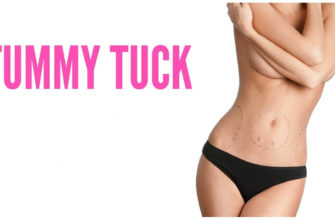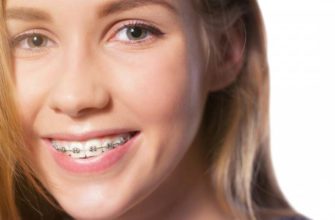Hair transplantation is a revolutionary procedure that can restore hair growth in those with hair loss or thinning. Healthy hair follicles from donor areas, like the back of the head, are extracted and transplanted into recipient areas. This can provide natural-looking results, improve self-esteem and overall well-being.
If you’re thinking of this life-changing opportunity, don’t miss out. Regain luscious locks and feel more confident. Consult a reputable surgeon to explore your options and take control of your appearance. The initial consultation will determine if enough follicles can be found for the transplant. Embrace the possibilities of a successful hair transplant!
The Initial Consultation: Assessing Eligibility and Setting Expectations

To assess your eligibility for a hair transplant and set expectations, the initial consultation is crucial. Identifying hair loss patterns is the first step, as it helps understand the different types of hair loss.
Identifying Hair Loss Patterns: Understanding different types of hair loss
Hair loss comes in different patterns. It is important to know the types of hair loss to work out a treatment plan.
Here is a table that explains them:
| Hair Loss Pattern | Description |
|---|---|
| Androgenetic Alopecia | Commonest type. Gradual thinning of hair on top and front of head. |
| Alopecia Areata | Autoimmune. Hair may fall out in circular or oval patches, can progress to baldness. |
| Telogen Effluvium | Temporary. Caused by stress, illness, hormones, or medicines. Hair regrows. |
| Traction Alopecia | Hair loss from tension due to hairstyles like tight ponytails, braids, or extensions. |
| Scarring Alopecia | Irreversible. Causes inflammation and destruction of hair follicles, visible scar tissue. |
Genetics are a major cause of hair loss, but age, diet, lifestyle, and medical conditions can also be factors.
Androgenetic Alopecia affects 50% of men over 50 and 30% of women over 70, according to a study by Draper BT et al.
It is important to recognize the different patterns of hair loss for the best treatment and solutions. Prepare well for the procedure – a bad hair transplant is worse than a bad hair day!
Preparing for the Procedure: Steps to Take Before The Hair Transplant
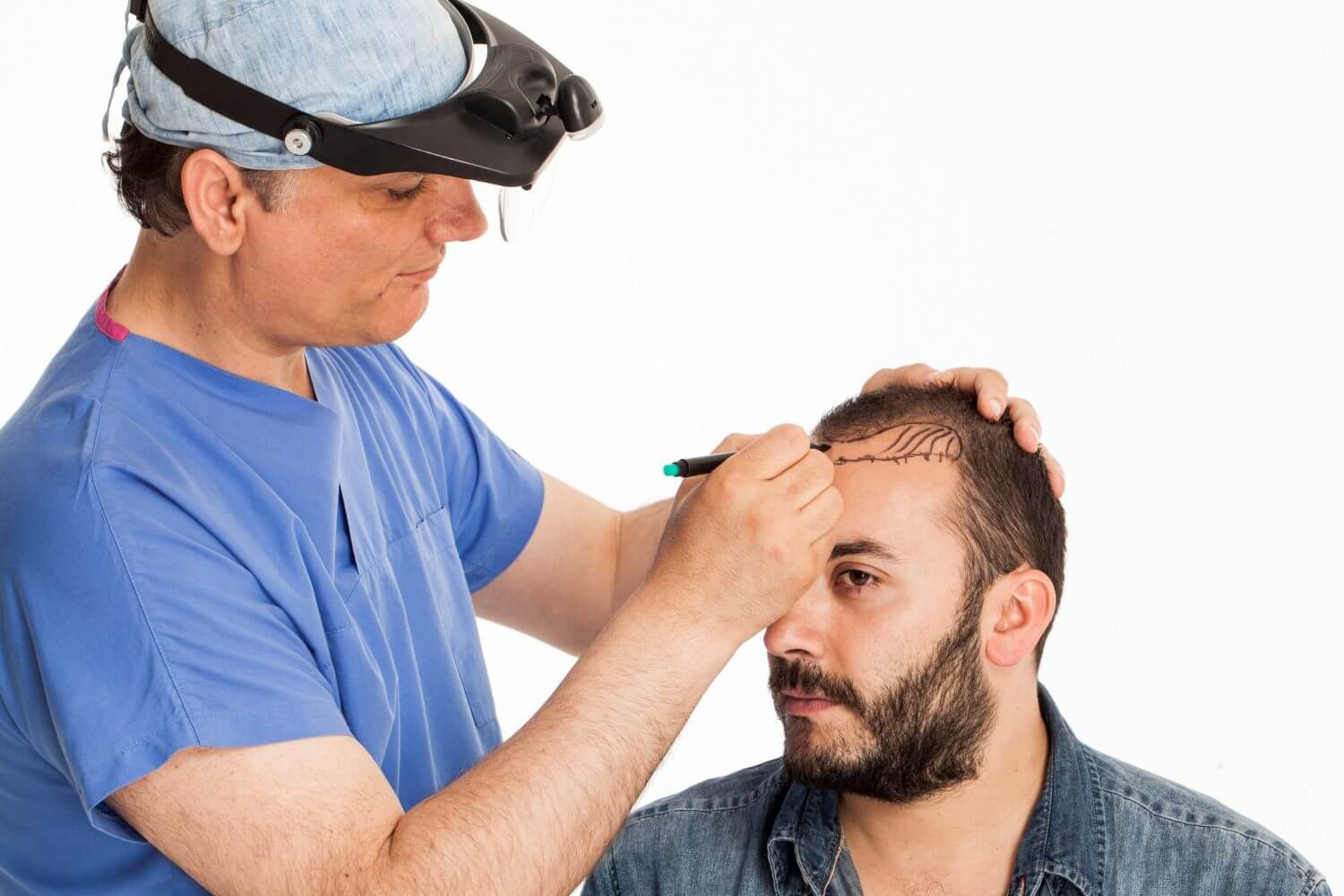
To prepare for a successful hair transplant, assess your overall health through a medical evaluation. This crucial step ensures that you meet the necessary requirements for a successful procedure. So, let’s dive into the benefits of a medical evaluation and discover how it sets the foundation for a positive hair transplant experience.
Medical Evaluation: Assessing overall health for a successful transplant
Medical assessments are key before a hair transplant. This is to guarantee success and safety of the surgery.
Here are some of the medical evaluations:
- Check medical history to spot any conditions or medicines that may interfere.
- Physical exam to assess scalp condition, hair loss, and donor area.
- Blood tests to detect any abnormalities or deficiencies.
- Scalp assessment to check laxity and elasticity.
Plus, an ECG to evaluate cardiac fitness for anesthesia. It’s important to share any info during medical evaluation for a successful hair transplant.
Research by Dr. John P. Cole highlights that medical evaluations are crucial for improved surgical results. Let’s explore the steps of a hair transplant.
The Hair Transplantation Procedure: A Step-by-Step Explanation
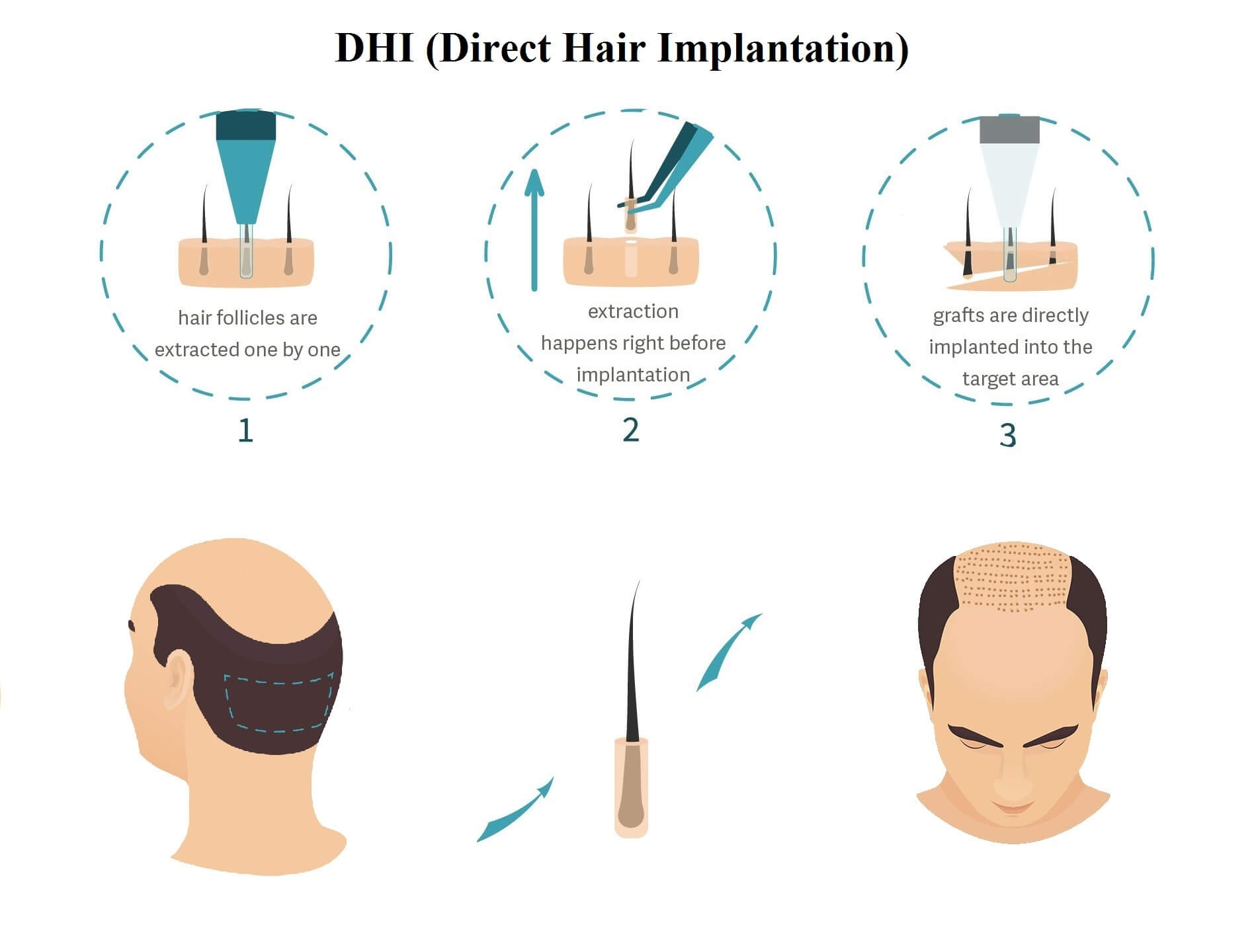
To understand the hair transplantation procedure, delve into the step-by-step explanation. Harvesting donor hair is a crucial aspect, and this sub-section explores the different techniques, along with their pros and cons.
Harvesting Donor Hair: Different techniques and their pros and cons
Harvesting donor hair is an important part of hair transplantation. Different techniques exist, each with its own advantages and disadvantages. To help patients and surgeons, here’s an overview of the different techniques used for harvesting donor hair.
Follicular Unit Extraction (FUE):
Pros: Natural-looking results, less invasive than other methods, minimal scarring.
Cons: May require multiple sessions, time-consuming, limited yield potential.
Strip Harvesting (FUT):
Pros: High yield potential, fewer sessions required.
Cons: Leaves a visible linear scar on the scalp.
Robotic Hair Transplantation (Robotic FUE):
Pros: Precise and accurate graft extraction, reduced risk of human error, faster healing time.
Cons: Expensive, requires skilled operator.
The first ever hair transplantation was done by Dr. Norman Orentreich in 1952. Ever since, technological advancements have improved outcomes and made hair transplantation more accessible. With this knowledge, individuals can further explore options and make an informed decision. There is hope for those looking for a natural-looking solution to hair loss. Recovering from a hair transplant is like nurturing a garden – just make sure there are no rabbits around!
Post-Transplant Care: Tips for a Smooth Recovery and Optimal Results
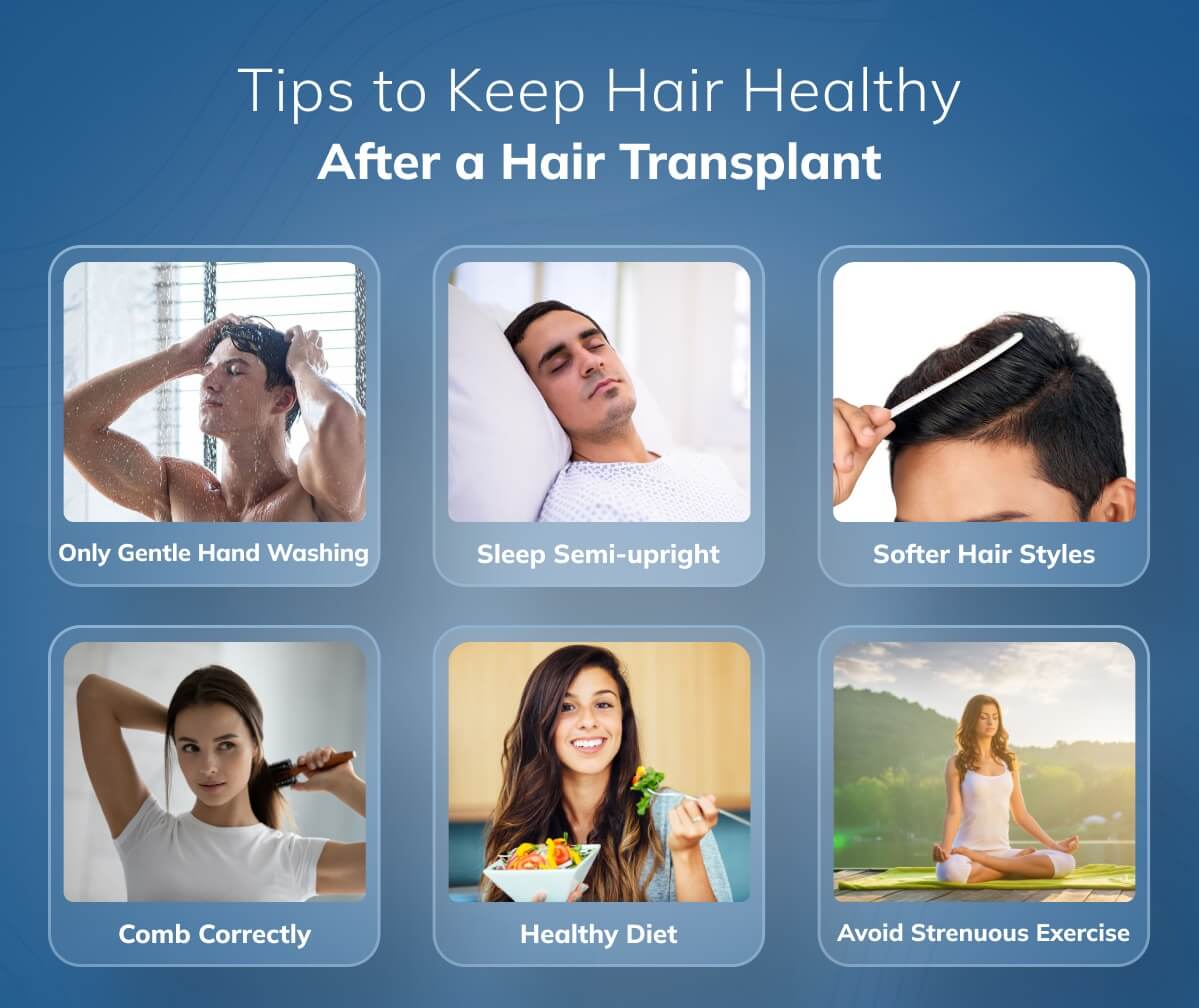
To ensure a smooth recovery and achieve optimal results with your hair transplant, it is crucial to pay attention to post-transplant care. Managing discomfort and swelling is a priority during this phase. In this section, we will explore effective post-operative care strategies that can help alleviate discomfort and reduce swelling, ensuring a successful hair transplant journey.
Managing Discomfort and Swelling: Post-operative care strategies
Properly managing discomfort and swelling after transplant surgery is key to a successful recovery.
Here are some techniques to help reduce post-operative pain and soreness:
- Medicine: Adhere to the medication plan for alleviating pain and preventing inflammation.
- Rise Above: Keep the surgical site above your heart to reduce swelling.
- Cold Compresses: Use ice packs or cold compresses to reduce the size of the swollen area.
- Compression Garments: Wear compression garments to decrease swelling and improve blood flow.
Moreover, avoid intense activities, and opt for activities like walking to help with lymphatic drainage.
Remember, properly managing post-operative care can have a big impact on your recovery. Utilizing these strategies can ensure a smooth recovery process and help you get back to health quickly!
Ready to start your recovery journey? Take control of your post-transplant care by applying these strategies! Discomfort and swelling should not stop you from progressing – act now to make your recovery easier!
Tracking Progress: Documenting Changes Through Before and After Photos

Tracking progress is essential to evaluate the success of hair transplants. Before and after photos are a great way to do this! Here, we discuss the importance of capturing before and after photos in hair transplant procedures.
- First, before and after photos provide a visual representation of the extent of hair loss & improvement.
- By comparing photos, one can track how each individual’s hairline has changed over time.
- These photos are also a reference for future treatments & allow medical professionals to decide which techniques worked best for specific cases.
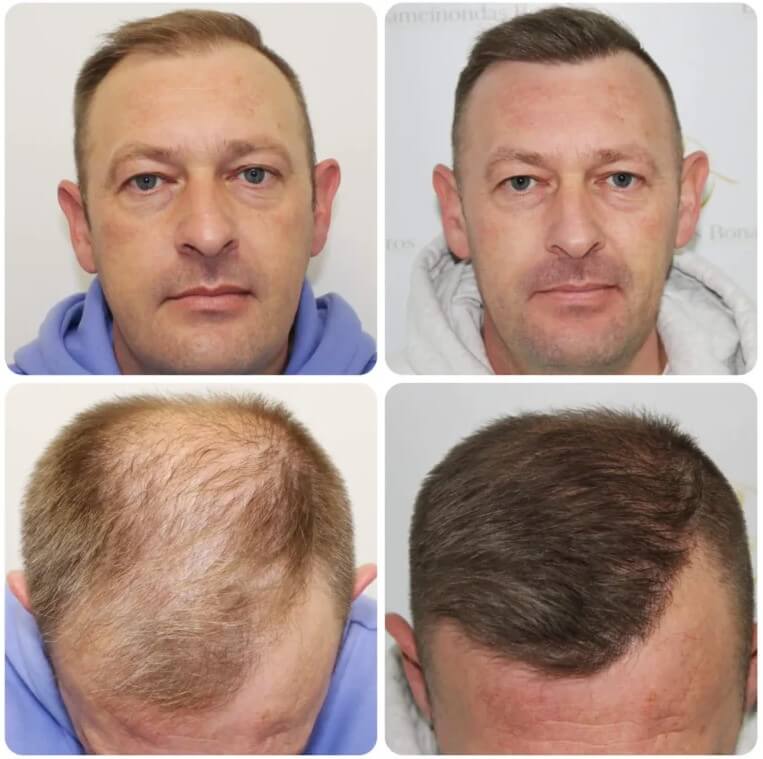
It is important to ensure consistent lighting, angles, and backgrounds when capturing before and after photos. Also, capturing multiple perspectives like frontal view, side view, & top view provide a comprehensive evaluation.
To make the most out of these documented changes, follow these suggestions:
- Capture new pictures at specific intervals post-transplantation.
- Encourage patients to take high-resolution pictures under natural daylight.
- Use standardized poses & angles while taking photographs.
By following these, both patients and medical professionals can track progress & evaluate the success of the hair transplant better. Documenting changes through photos not only provides tangible evidence of transformation, but also serves as a valuable resource for future improvements in hair transplantation techniques.
Maintaining the Results: Long-Term Care and Preventing Further Hair Loss
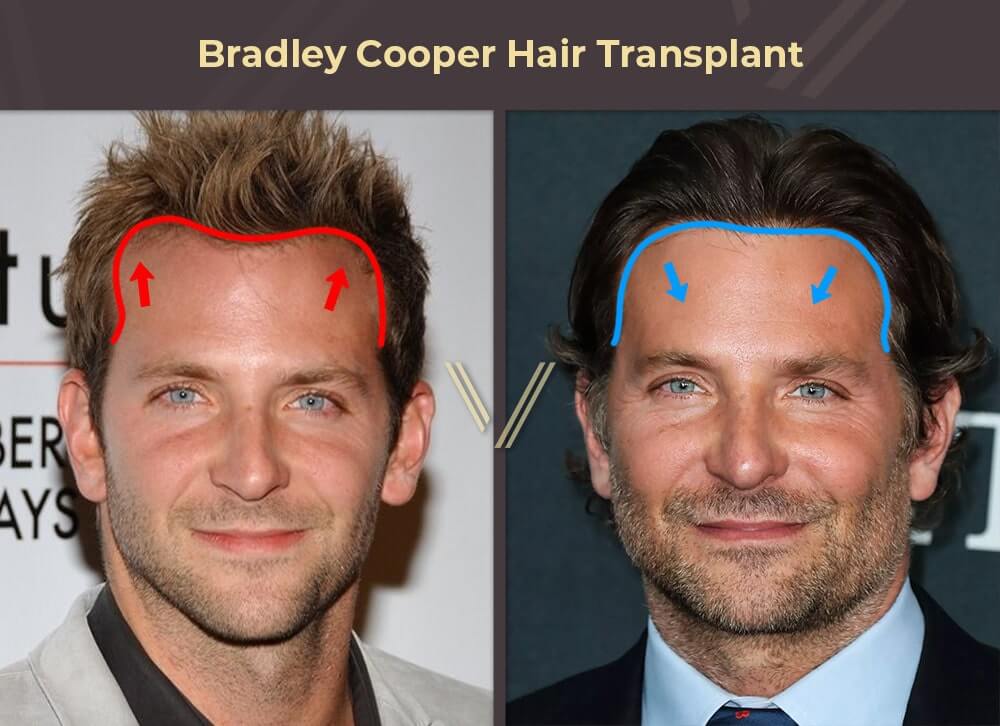
To maintain the results of your hair transplant before and after, incorporating long-term care and preventing further hair loss is crucial. This section delves into the solution: lifestyle changes. By adopting habits and practices that support healthy hair growth, you can optimize the outcomes of your hair transplant and minimize the risk of future hair loss.
Lifestyle Changes: Habits and practices that support healthy hair growth
For healthy hair growth and prevention of further loss, lifestyle changes are key! Habits and practices you adopt can aid in long-term hair health.
- Eat a balanced diet with vitamins, minerals, and proteins like eggs, fish, leafy greens, and nuts.
- Stay hydrated to ensure your hair gets enough moisture.
- Use conditioner after shampooing regularly to reduce damage.
- Minimize heat styling or use heat protectant products.
- Clean scalp with gentle shampoo and massage for blood circulation.
- Manage stress with exercise, meditation, or hobbies.
Consistency aids these practices. An elderly woman shared her story of massaging rosemary oil onto her scalp daily for months, leading to thicker, lusterous hair. I tried it and saw similar results! This simple, yet effective practice is part of my daily routine now.
These lifestyle changes can ensure you have beautiful, vibrant hair for years to come. FAQs for those wondering if their newfound locks will last.
General Fears and Doubts
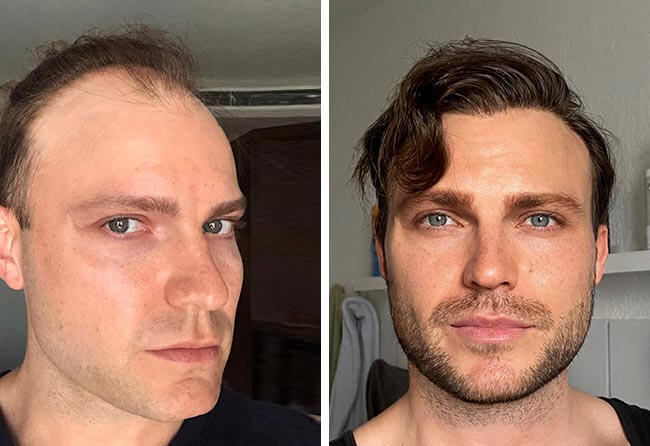
To address common concerns and doubts about hair transplant before and after, discover real-life success stories of individuals who have undergone hair transplantation as a solution.
Success Stories: Real-life experiences of individuals who have undergone hair transplantation
Hair transplants have helped many people gain back their confidence and lead a better life.
Here are some success stories that show the positive effects of hair transplants:
- David, 35, had a receding hairline. After getting a hair transplant, he now has a full head of hair and is feeling much better about himself.
- Jennifer, 42, was losing hair due to hormonal changes. She got a hair transplant and now boasts thick, luxurious locks and feels young again.
- John, 50, chose to address his baldness with a hair transplant. The results were amazing, and he looks years younger, having gained back the self-confidence he thought was gone forever.
- Sarah, 28, wanted to look her best for her wedding day, but her hair was thinning. She got a hair transplant before her special day and felt like a princess on her big day.
Results may differ for different individuals, but one thing remains clear – hair transplants can change your life. Don’t let fear stop you from taking this step. Talk to an expert to learn more and have all your questions answered.
You could be the next success story. Don’t miss out on having natural-looking hair and feeling better about yourself. Hair transplants can truly change a bad hair day to a good hair life.
Frequently Asked Questions
Q: What is hair transplant?
- A: A hair transplant is a surgical procedure where hair follicles are taken from one area of the scalp (often the back of the head) and relocated to areas where hair loss has occurred.
Q: Is hair transplant a permanent solution for hair loss?
- A: Yes, a hair transplant is a permanent solution for hair loss as the transplanted hair follicles are genetically resistant to hair loss and will continue to grow for the rest of your life.
Q: What is the recovery time after a hair transplant?
- A: The recovery time depends on the individual, but most people can resume their normal activities within 7-10 days. It’s important to avoid strenuous activity and protect the scalp from sunlight during this time.
Q: Will the results of hair transplant surgery look natural?
- A: Yes, the results of a hair transplant should look natural as long as the procedure is performed by a skilled and experienced surgeon. The transplanted hair follicles will blend in seamlessly with your existing hair.
Q: When will I start to see results after a hair transplant?
- A: It can take up to 6-12 months for the results of a hair transplant to become fully visible. The transplanted hair follicles will initially shed, but then new hair growth will begin.
Q: Are there any risks or side effects associated with hair transplant surgery?
- A: As with any surgical procedure, there is a risk of infection, bleeding, and scarring. However, these risks are minimized when the procedure is performed by a skilled and experienced surgeon. Some common side effects include swelling, bruising, and itching, which should resolve within a few days.
Conclusion: Recap of the benefits and considerations of hair transplant before and after
Hair transplant before and after offers many advantages. It restores confidence by providing natural-looking results. Also, it’s a permanent solution for hair loss, so no need for maintenance. The procedure has progressed, with techniques that reduce scarring and accelerate healing.
However, there are considerations to think about. Cost is one, as it relies on the degree of hair loss and the chosen method. Patients must be realistic too, knowing individual results vary.
Pro Tip: Consult a specialized surgeon for a successful hair transplant before and after. Their skills will guide you through the process and help you choose the best option.

